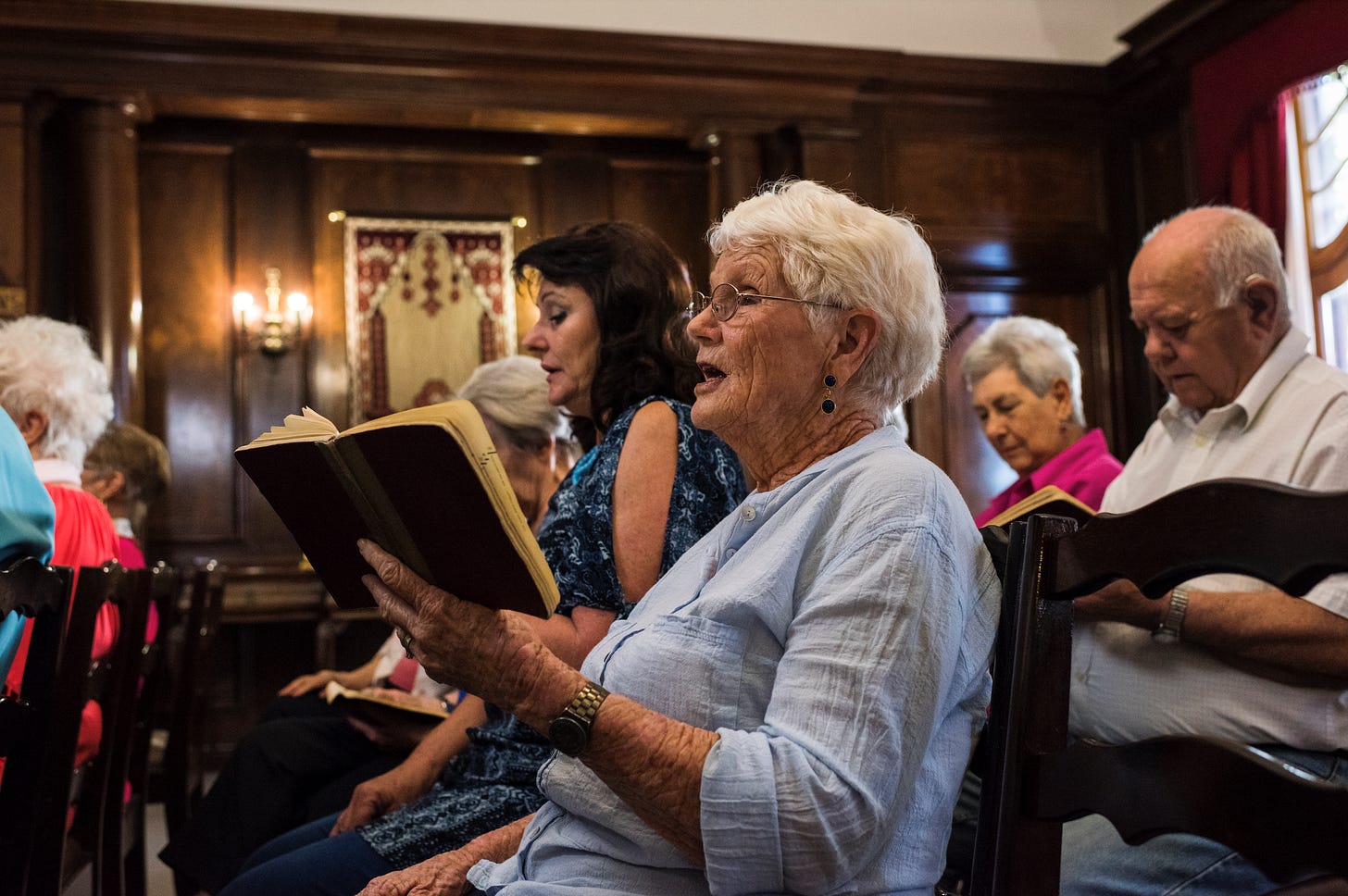Aging Churches and the Enduring Opposition to Same-Sex Marriage
As religious congregations age, are they being left behind?
*** SPECIAL ANNOUCEMENT: Tomorrow (December 2nd at 10:30am EST) I’m hosting a conversation with veteran religion reporter Bob Smietana about his great new book Reorganized Religion. The discussion will also feature prominent writers and researchers on American religion, including Peter Wehner (Trinity Forum), Michelle Boorstein (Washington Post) and Rut…
Keep reading with a 7-day free trial
Subscribe to American Storylines to keep reading this post and get 7 days of free access to the full post archives.




